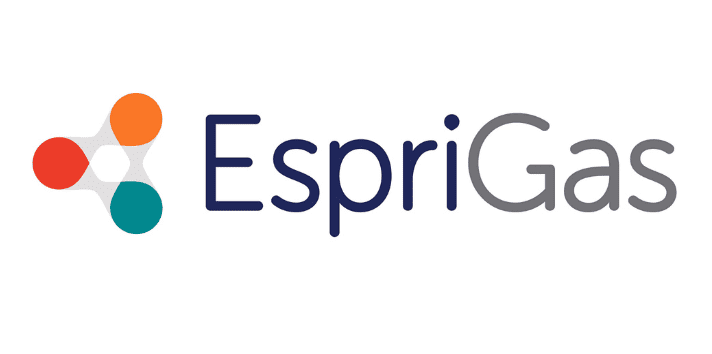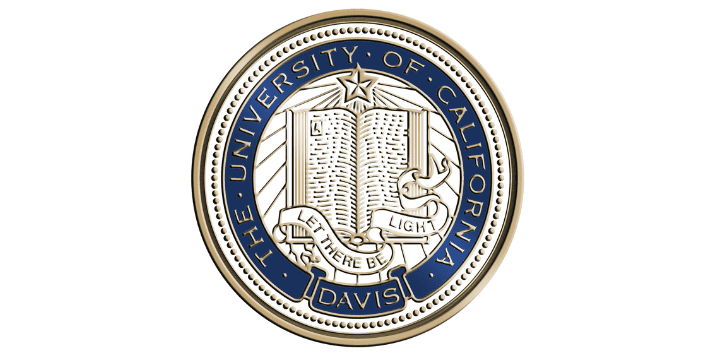Poultry Farming
Maximize Poultry Farm Output with CO2 and NH3 Monitors
With poultry, it starts with egg incubation. Using CO2 as a blanket gas over the eggs helps regulate overall temperature, resulting in fewer "early peeps". Many of our partners use our Fixed Ammonia Gas Detector (0-100ppm) or our portable CO2 and Ammonia Multi Gas Detector to monitor CO2 and ammonia levels.
Benefits of CO2 and NH3 controllers for poultry farms
While poultry farmers keep relative humidity between 60-80% for best results, CO2 and NH3 monitoring and control will result in improved poultry growth and output.
Once poultry eggs have hatched, chicks are shipped from hatcheries to growers in trucks. Since even a single dead chick could be indicative of a mass problem, CO2 levels inside the trucks are carefully recorded for insurance purposes. Our carbon dioxide handheld detectors are used to monitor and control gas levels to balance bird comfort and optimize production.
Learn more about our CO2 and NH4 meters and detectors below.
-
Handheld
CO2 and Ammonia Multi Gas Detector
The Carbon Dioxide and Ammonia Gas Detector is a multi-gas solutions designed for indoor agriculture applications like poultry farms who need to...
5.0 / 5.0
(1) ( 1 )
€578,84 EUR€578,84 EUR€578,84 EUR -
fixed/wall mount
Ammonia (NH3) Fixed Gas Detector w/ Remote Sensor (0-100ppm)
The Fixed Ammonia (NH3) Gas Detector w/ Remote Sensor (MSC2 + MC2-0-E1125-A-0-P) is designed to protect individuals near toxic gases like...
€1.715,12 EUR€1.715,12 EUR€1.715,12 EUR
Don't Take Our Word for it, Take Theirs

Matthew Weintraub
Plant Manager
"Your solutions meet the code requirements and because of you our facility is much safer."

Angela Ihrig
Supply Chain Manager
"CO2Meter has helped protect 150+ of our customers sites and ensure they are compliant and safe."

Michael Hudkins, CFPS
Fire Plans Examiner/Fire Inspector II
"I would recommend CO2Meter gas training to anyone, it inspired us to be keenly aware of what to inspect."

Keith Isoldi
Chief Operating Officer
"I have always worked with CO2Meter because they are the industry leader."

Kelly Kissock
Faculty Director
"Easy to install, Our CO2 tank gassed off and the meter near it worked perfectly!"
Stay Informed with Our Latest Updates
Subscribe to our newsletter for the latest news, product updates, and industry insights.
CO2Meter is working with our global supply chain to minimize disruptions
Due to imposed tariffs, Quotes will be honored for 24 hours and may require a revised PO
CO2Meter is working with our global supply chain to minimize disruptions
Due to imposed tariffs, Quotes will be honored for 24 hours and may require a revised PO
CO2Meter is working with our global supply chain to minimize disruptions
Due to imposed tariffs, Quotes will be honored for 24 hours and may require a revised PO
CO2Meter is working with our global supply chain to minimize disruptions
Due to imposed tariffs, Quotes will be honored for 24 hours and may require a revised PO
CO2Meter is working with our global supply chain to minimize disruptions
Due to imposed tariffs, Quotes will be honored for 24 hours and may require a revised PO
CO2Meter is working with our global supply chain to minimize disruptions
Due to imposed tariffs, Quotes will be honored for 24 hours and may require a revised PO
CO2Meter is working with our global supply chain to minimize disruptions
Due to imposed tariffs, Quotes will be honored for 24 hours and may require a revised PO
CO2Meter is working with our global supply chain to minimize disruptions
Due to imposed tariffs, Quotes will be honored for 24 hours and may require a revised PO
CO2Meter is working with our global supply chain to minimize disruptions
Due to imposed tariffs, Quotes will be honored for 24 hours and may require a revised PO
CO2Meter is working with our global supply chain to minimize disruptions
Due to imposed tariffs, Quotes will be honored for 24 hours and may require a revised PO
CO2Meter is working with our global supply chain to minimize disruptions
Due to imposed tariffs, Quotes will be honored for 24 hours and may require a revised PO
CO2Meter is working with our global supply chain to minimize disruptions
Due to imposed tariffs, Quotes will be honored for 24 hours and may require a revised PO
CO2Meter is working with our global supply chain to minimize disruptions
Due to imposed tariffs, Quotes will be honored for 24 hours and may require a revised PO
CO2Meter is working with our global supply chain to minimize disruptions
Due to imposed tariffs, Quotes will be honored for 24 hours and may require a revised PO
CO2Meter is working with our global supply chain to minimize disruptions
Due to imposed tariffs, Quotes will be honored for 24 hours and may require a revised PO
CO2Meter is working with our global supply chain to minimize disruptions
Due to imposed tariffs, Quotes will be honored for 24 hours and may require a revised PO
CO2Meter is working with our global supply chain to minimize disruptions
Due to imposed tariffs, Quotes will be honored for 24 hours and may require a revised PO
CO2Meter is working with our global supply chain to minimize disruptions
Due to imposed tariffs, Quotes will be honored for 24 hours and may require a revised PO
CO2Meter is working with our global supply chain to minimize disruptions
Due to imposed tariffs, Quotes will be honored for 24 hours and may require a revised PO
CO2Meter is working with our global supply chain to minimize disruptions
Due to imposed tariffs, Quotes will be honored for 24 hours and may require a revised PO
CO2Meter is working with our global supply chain to minimize disruptions
Due to imposed tariffs, Quotes will be honored for 24 hours and may require a revised PO
CO2Meter is working with our global supply chain to minimize disruptions
Due to imposed tariffs, Quotes will be honored for 24 hours and may require a revised PO
CO2Meter is working with our global supply chain to minimize disruptions
Due to imposed tariffs, Quotes will be honored for 24 hours and may require a revised PO
CO2Meter is working with our global supply chain to minimize disruptions
Due to imposed tariffs, Quotes will be honored for 24 hours and may require a revised PO
CO2Meter is working with our global supply chain to minimize disruptions
Due to imposed tariffs, Quotes will be honored for 24 hours and may require a revised PO



